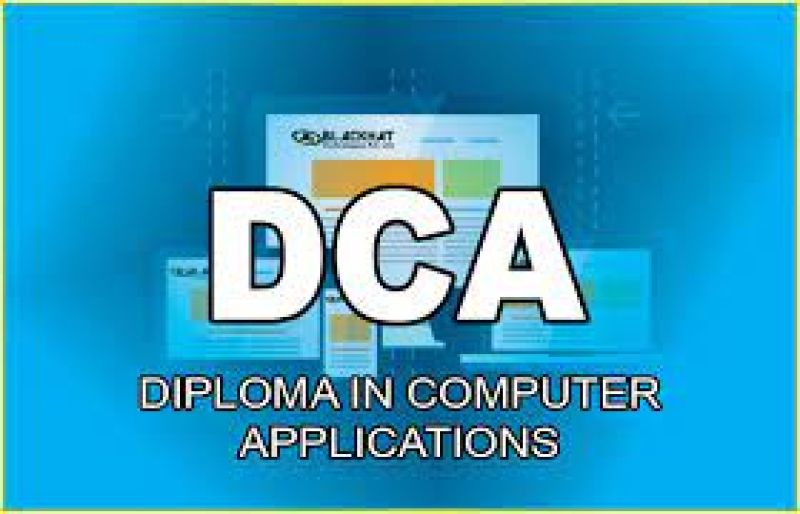
Introduction
Working with Oracle Cloud Exadata Express Cloud Service
Restricting and Sorting Data
Using Single-Row Functions to Customize Output
Using Conversion Functions and Conditional Expressions
Reporting Aggregated Data Using the Group Functions
Group Functions
Creating Groups of Data
Restricting Group Results
Displaying Data from Multiple Tables Using Joins
Using Subqueries to Solve Queries
Introduction to Subqueries
Single Row Subqueries
Multiple Row Subqueries
Using the SET Operators
Managing Tables using DML statements
Introduction to Data Definition Language
Introduction to Data Dictionary
Describe the Data Dictionary Structure
Using the Data Dictionary views
Querying the Data Dictionary Views
Creating Sequences, Synonyms, Indexes
Creating Views
Managing constraints
Retrieving Data by Using a Subquery as Source
Manipulating Data by Using Subqueries
Controlling User Access
Manipulating Data
Managing Data in Different Time Zones
10TH

Course Code : TALLY-102

Course Code : M-ACCA-01

Course Code : PPPS_101

Course Code : PPPS_401

Course Code : PPPS_103

Course Code : PPPS_104

Course Code : PPPS_201

Course Code : TALLY-102

Course Code : PPPS_101

Course Code : PPPS_103

Course Code : PPPS_104

Course Code : PPPS_401

Course Code : PPPS_201

Course Code : PPPS_105

Course Code : PPPS_402

Course Code : PPPS_403

Course Code : PPPS_106

Course Code : PPPS_106

Course Code : PPPS_106

Course Code : PPPS_404

Course Code : PPPS_404

Course Code : PPPS_403

Course Code : PPPS_402

Course Code : TALLY-102

Course Code : PPPS_101

Course Code : PPPS_103

Course Code : PPPS_104

Course Code : PPPS_105

Course Code : PPPS_401

Course Code : PPPS_201

Course Code : PPPS_402

Course Code : PPPS_403

Course Code : PPPS_404

Course Code : TALLY-102

Course Code : PPPS_101

Course Code : PPPS_103

Course Code : PPPS_104

Course Code : PPPS_105

Course Code : PPPS_401

Course Code : PPPS_201

Course Code : PPPS_402

Course Code : PPPS_403

Course Code : PPPS_404

Course Code : PPPS_404

Course Code : TALLY-102

Course Code : PPPS_101

Course Code : PPPS_103

Course Code : PPPS_104

Course Code : PPPS_105

Course Code : PPPS_401

Course Code : PPPS_201

Course Code : PPPS_402

Course Code : PPPS_403

Course Code : PPPS_404

Course Code : PPPS_404

Course Code : TALLY-102

Course Code : PPPS_101

Course Code : PPPS_103

Course Code : PPPS_104

Course Code : PPPS_105

Course Code : PPPS_401

Course Code : PPPS_201

Course Code : PPPS_402

Course Code : PPPS_403

Course Code : PPPS_404

Course Code : PPPS_405

Course Code : PPPS_405

Course Code : PPPS_406

Course Code : PPPS_406

Course Code : TALLY-102

Course Code : PPPS_101

Course Code : PPPS_103

Course Code : PPPS_104

Course Code : PPPS_105

Course Code : PPPS_401

Course Code : PPPS_201

Course Code : PPPS_402

Course Code : PPPS_403

Course Code : PPPS_404

Course Code : PPPS_405

Course Code : PPPS_406

Course Code : PPPS_107

Course Code : PPPS_108

Course Code : PPPS_109

Course Code : PPPS_110

Course Code : PPPS_111

Course Code : PPPS_112

Course Code : PPPS_113

Course Code : PPPS_114

Course Code : PPPS_115

Course Code : PPPS_116

Course Code : PPPS_117

Course Code : PPPS_118

Course Code : PPPS_119

Course Code : PPPS_120

Course Code : PPPS_121

Course Code : PPPS_122

Course Code : PPPS_123

Course Code : PPPS_124

Course Code : PPPS_125

Course Code : PPPS_126

Course Code : PPPS_127

Course Code : PPPS_128

Course Code : PPPS_129

Course Code : PPPS_130

Course Code : TALLY-102

Course Code : PPPS_401

Course Code : PPPS_201

Course Code : PPPS_402

Course Code : PPPS_403

Course Code : PPPS_404








